I recently turned 40 years old. Because of this fact, I am permitting myself to select a hobby that is indicative of a midlife crisis. So, I am choosing champagne. (Hey, it sure beats crotch rockets and model trains).
I blame my new obsession on that bottle of 1998 Champagne Gosset Celebris I wrote about a couple of years ago. That shape-shifting beast of a wine showed me that champagne can age beautifully, and be highly versatile at the table. So, since that time, I’ve been trying to replicate the high. If the label says réserve, I get it. If its a vintage champagne, I contemplate ponying up for it so I can cellar it.
Meanwhile, trying to break champagne with weird food pairings has become my action sport of choice:
Pumpkin soup? Divine.
Dragon sushi roll? Bull’s eye.
Chicken and waffles? Exquizz.
Which brings me back to my 40th birthday, because I was out celebrating with my best friend from childhood, a man whose enthusiasm for beer legitimizes my insane obsession with wine. (Thank you, Matt). The last time we rhapsodized on fermentation products, he introduced me to checking one’s beer temp with a thermometer, and I introduced him to Nebbiolo.
This go around, I wanted to do some myth-busting with champagne, and show him how it performs better at the table.
And what a champagne we ordered. The Bérêche & Fils Champagne Brut Réserve Vieilles Vignes is technically the house’s entry-level wine, but it performs well above that level. Bérêche & Fils avoids malolactic fermentation with their wines, but more importantly, they prefer to ferment their wines in barrel. Furthermore, on the Brut Réserve, 30% of the wine comes from wines in a perpetual blending system over multiple vintages.
Because of these decisions, the wine has a bottomless depth. The fruit tones seemed to come from a dozen different orchards. The toasted notes alluded to hazelnuts and oiled bread with a crack of black pepper. As the procession of small plates came, it shifted character to adapt like a master of improv. Grilled asparagus with lentils, beef tongue with marrow toast, octopus patatas bravas … the wine seemed unstoppable. But of course, like any wine, it was mortal. We soon reached the bottom of the bottle, and I was left wondering if this midlife stage was really a “crisis” or just a joyride.
At that moment: a joyride.
In the morning when I reached for the Tylenol: crisis. Welcome to 40.
NV Bérêche & Fils Champagne Brut Réserve Vieilles Vignes
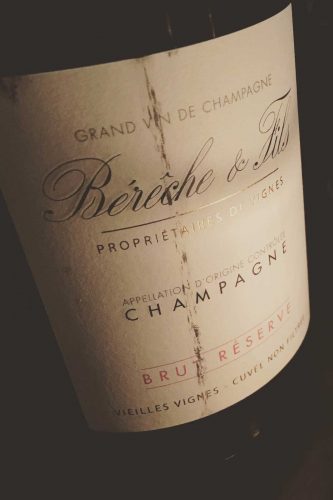 Champagne AOC (Champagne)
Champagne AOC (Champagne)
Grapes: Pinot Noir (35%), Pinot Meunier (35%), Chardonnay (30%)
Alcohol: 12.5%
Rating: ★★★★★ (out of five)
Food-friendliness: Impeccable
Value: Very Good
Tasting notes: A remarkable champagne of seemingly bottomless depth. The aromas fondly transported me to a working winery, and the strong odor of fermentation that fills the air. It was sharp, pungent, and most certainly alive. But as the wine opened up, its definition became more clear, conjuring aromas of apples, peaches and a cut of tangerine, as well as hazelnut, black pepper and the smell of plain focaccia bread fresh from the oven (that’s a new one to me). The texture feels like a lattice-work of detail: so many parts, all of them woven together.
I’m giving it my highest rating because (a) it is better than many vintage and prestige cuvée champagne out there and (b) as far as non-vintage champagne is concerned, it is right up there among the best. I’ll be keen to sample more of their portfolio. I do not doubt that my opinion of this wine could shift as I learn about its place in the Bérêche & Fils lineup. But for now: wow. What a wine.
Serving suggestion: Any. Damn. Time. (Ok, maybe keep it in an ice bucket).
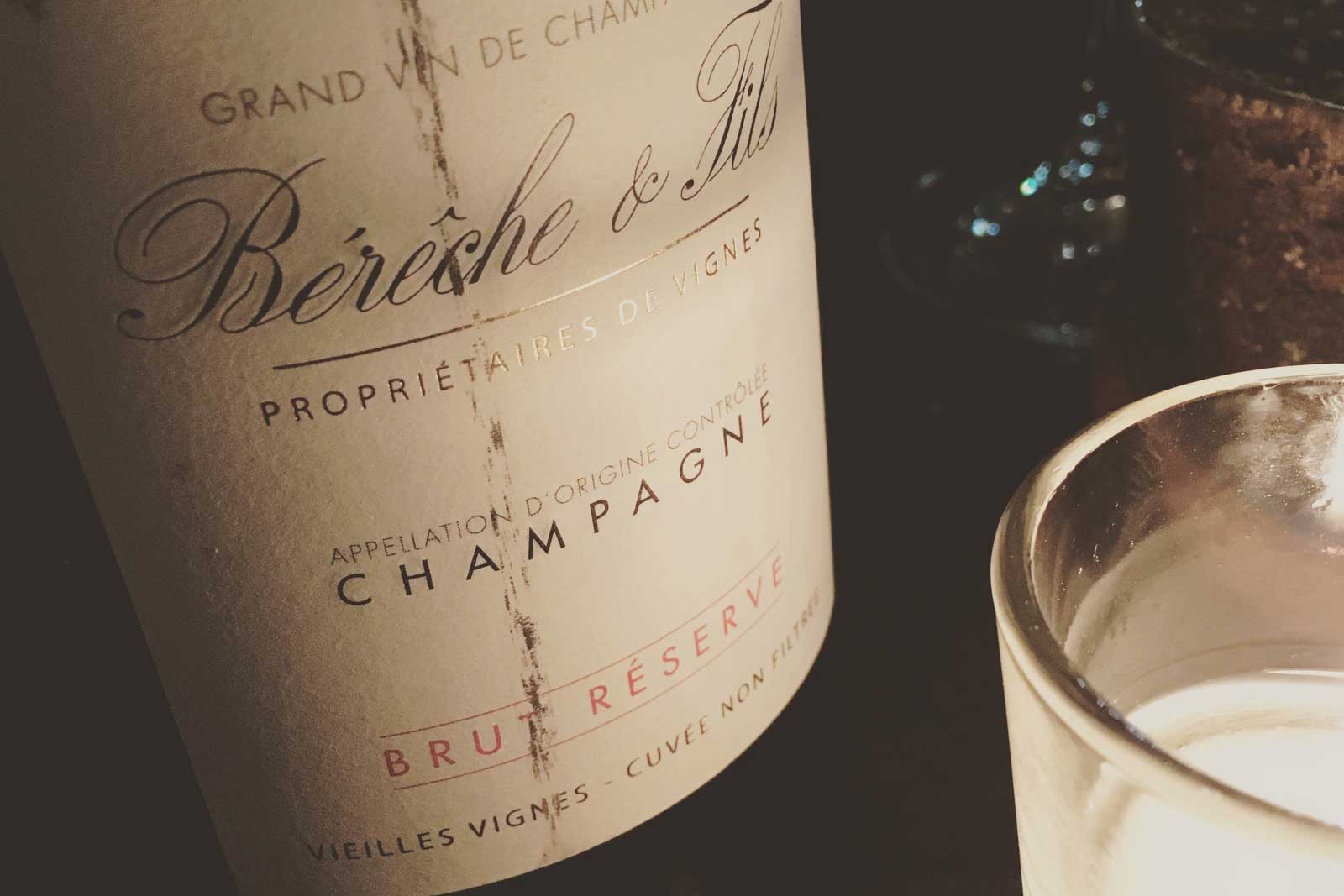
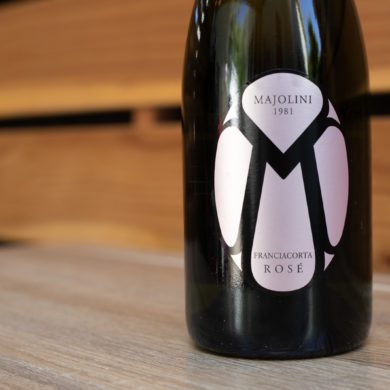
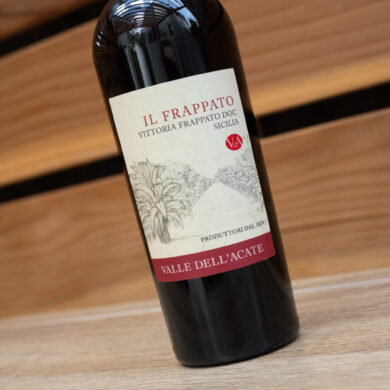
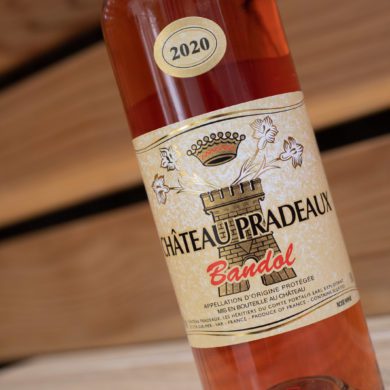
What an eloquent, lovely, heartfelt “toast” to what must have been a fabulous, and flexible bottle. Great photo too. I had a similar experience on my 65.5th with a bottle Maurice Schoech ‘09 Harmonie “R”.